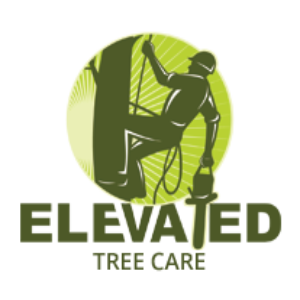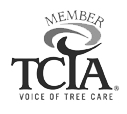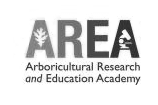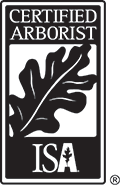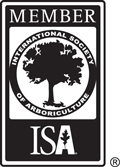Finding the best rigging point in a tree can be very challenging to climbers. Here are some tips to take into consideration when choosing the appropriate rigging points to achieve maximized efficiency and productivity:
- Tree care specification. Decide what work is being performed because a pruning rigging system differs from a removal rigging system.
- Pruning rigging systems. These systems are moved throughout the canopy to optimize rope angles and to provide a clear lowering zone free from interfering branches. This system consists of a small pulley or aerial friction device, a sling and a rope. All pieces rigged are lightweight and the system being built should be simple and not over engineered.
- Removal rigging systems. In systems like these, climbers are technically looking for two separate rigging points in the tree. This helps reduce force, strengthens the rigging system and provides a wider span of rope angles. Half of the tree is rigged off of rigging point #1 and the other half is rigged off of rigging point #2. If the tree is a single stem removal with only one rigging point, then consider adding friction to the top with rigging rings or an equivalent assist. This will also help minimize the force being applied to the single rigging point.
- Set up one time. If it’s a full tree removal, make sure you don’t have to move the pulleys around multiple times. It takes time to set up the gear and system, so once it is situated then it should be optimal to work the whole tree down to a spar.
- High points. Look for two high points in the tree with the most structurally sound wood so the tree will support the weight of the pieces being rigged. This will give you the best rope angles and will avoid “flat-lining” as much as possible.
- Find the best drop zone. Climbers look for an area where large tree pieces can be lowered in the easiest, most accessible way. If there are safe and open options, avoid setting up rigging points over a roof or a fence. This will make processing the tree much more difficult for the ground guys and will make the climber sit in the tree to wait for ground clearance opposed to being able to continually work the tree.
- A good rule of thumb. The knot tied on the limb will end up directly under the pulley after the limb is cut as long as there are no additional limbs interfering its path. Therefore, if you are unsure where the rigging point will lower the piece, then simply drop a leg of rope down to the ground and you can see where the piece will be lowered.


